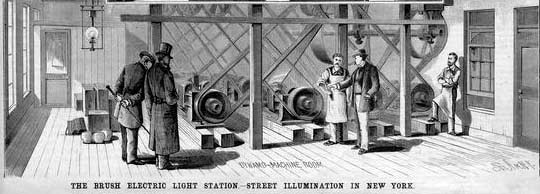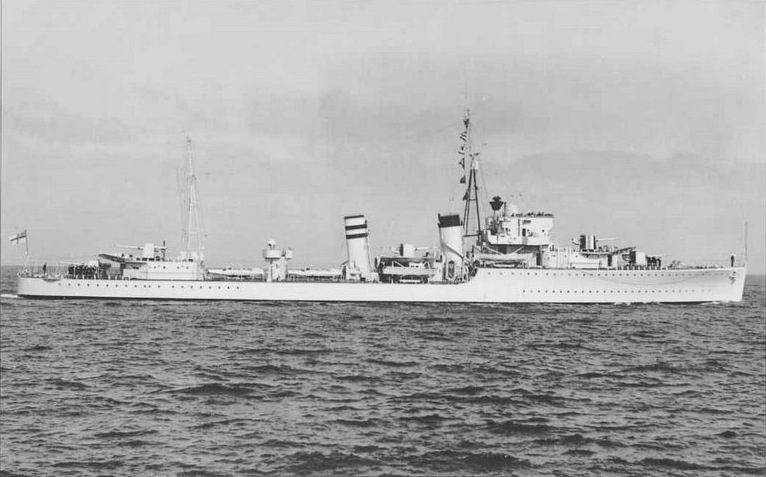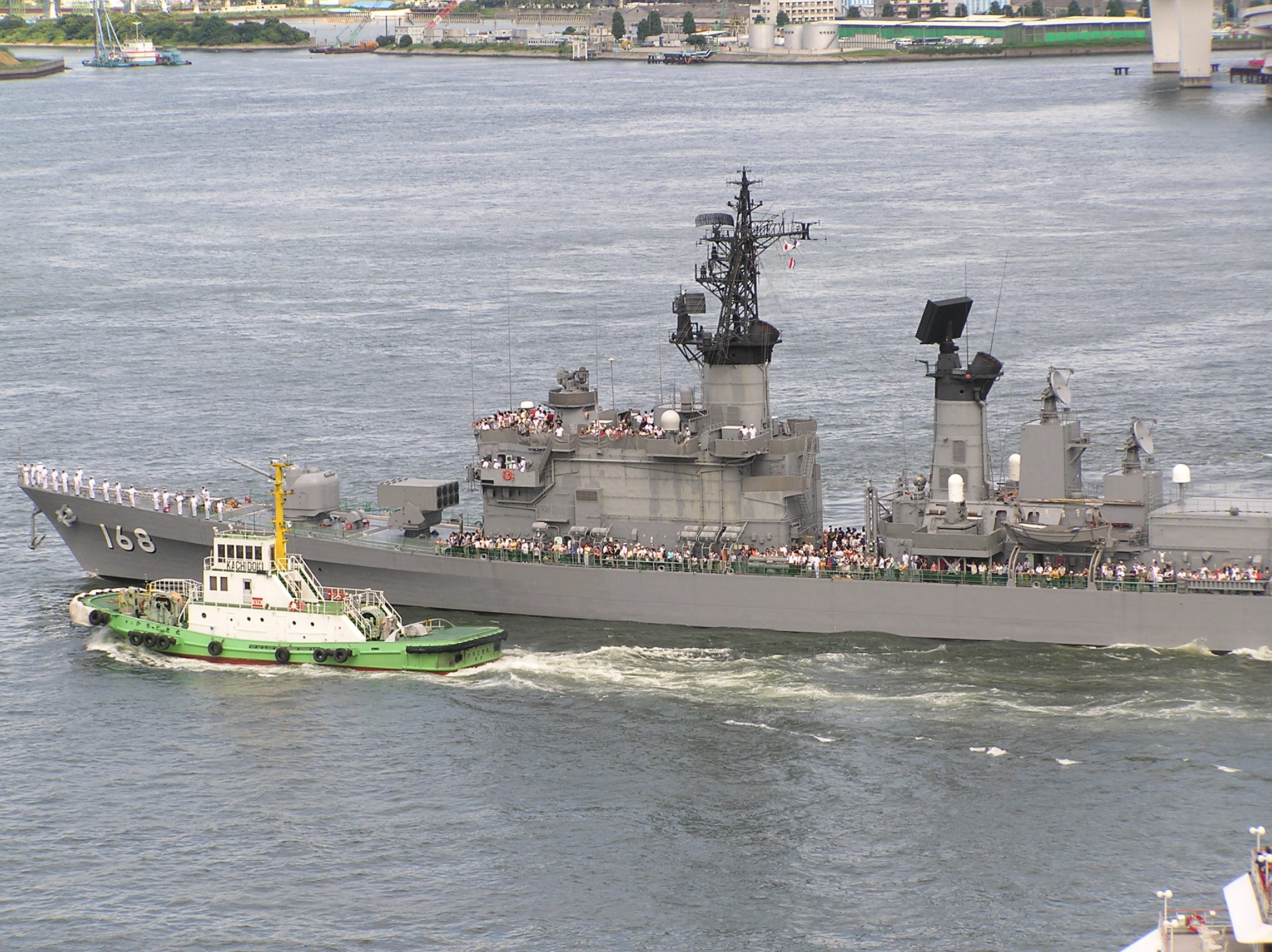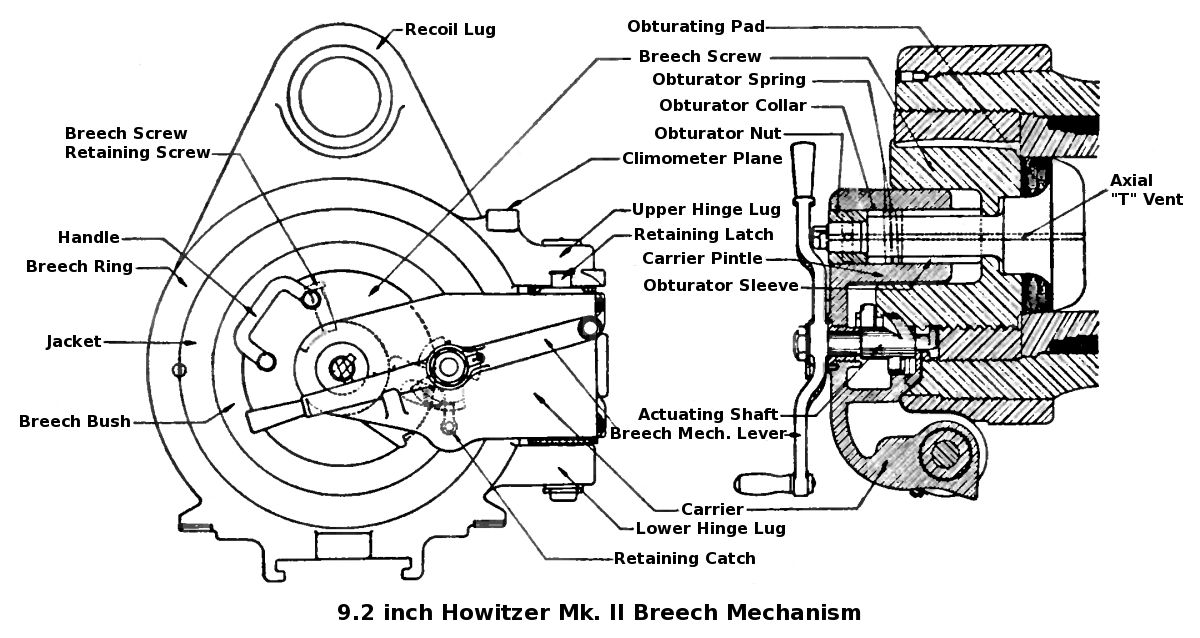|
Daring-class Destroyer (1949)
The ''Daring'' class was a class of eleven destroyers built for the Royal Navy (RN) and Royal Australian Navy (RAN). Constructed after World War II, and entering service during the 1950s, eight ships were constructed for the RN, and three ships for the RAN. Two of the RN destroyers were subsequently sold to and served in the Peruvian Navy (MGP). A further eight ships were planned for the RN but were cancelled before construction commenced, while a fourth RAN vessel was begun but was cancelled before launch and broken up on the slipway. The ''Daring''-class ships were both the largest and most heavily armed ships serving in Commonwealth navies to be classified as destroyers. They were intended to fill some of the duties of cruisers, which post WW2 were considered both expensive and obsolete by naval planners, and were briefly officially considered a hybrid type (Darings) before being rated as destroyers. They were also the last destroyers of the RN and RAN to possess guns as t ... [...More Info...] [...Related Items...] OR: [Wikipedia] [Google] [Baidu] |
HMAS Vampire (D11)
HMAS ''Vampire'' was the third of three Australian-built ''Daring'' class destroyers serving in the Royal Australian Navy (RAN). One of the first all-welded ships built in Australia, she was constructed at Cockatoo Island Dockyard between 1952 and 1959, and was commissioned into the RAN a day after completion. ''Vampire'' was regularly deployed to South East Asia during her career: she was attached to the Far East Strategic Reserve on five occasions, including during the Indonesia-Malaysia Confrontation, and escorted the troop transport on six of the latter's twenty-five transport voyages to South Vietnam. In 1977, the destroyer was assigned to escort the Royal Yacht ''Britannia'' during Queen Elizabeth II and Prince Philip's visit to Australia. In 1980, ''Vampire'' was reclassified as a training ship. The warship remained in service until 1986, when she was decommissioned and presented to the Australian National Maritime Museum for preservation as a museum ship; the lar ... [...More Info...] [...Related Items...] OR: [Wikipedia] [Google] [Baidu] |
Indonesian Confrontation
Indonesian is anything of, from, or related to Indonesia, an archipelagic country in Southeast Asia. It may refer to: * Indonesians, citizens of Indonesia ** Native Indonesians, diverse groups of local inhabitants of the archipelago ** Indonesian women, overview of women's history and contemporary situations * Indonesian language (Indonesian: ''Bahasa Indonesia''), the official language of Indonesia ** Indonesian languages, overview of some of the 700 languages spoken in Indonesia ** Indonesian names, customs reflecting the multicultural and polyglot nature of Indonesia * Indonesian culture, a complex of indigenous customs and foreign influences ** Indonesian art, various artistic expressions and artworks in the archipelago ** Indonesian cinema, a struggling and developing industry ** Indonesian literature, literature from Indonesia and Southeast Asia with shared language roots ** Indonesian music, hundreds of forms of traditional and contemporary music ** Indonesian philosophy ... [...More Info...] [...Related Items...] OR: [Wikipedia] [Google] [Baidu] |
C And D-class Destroyer
The C and D class was a group of 14 destroyers built for the Royal Navy in the early 1930s. As in previous years, it was originally intended to order a complete flotilla comprising eight destroyers—plus a flotilla leader as the ninth unit—in each year. However, only four ships—plus a leader—were ordered under the 1929–1930 Programme as the C class. The other four ships planned for the C class were never ordered as an economy measure and disarmament gesture by the Labour government of Ramsay MacDonald. A complete flotilla—the 'D' class—was ordered under the 1930–1931 Programme. The five ships of the C class were assigned to Home Fleet upon their completion, although they reinforced the Mediterranean Fleet during the Italian invasion of Abyssinia of 1935–1936 and enforced the Non-Intervention Agreement during the Spanish Civil War of 1936–1939. They were transferred to the Royal Canadian Navy (RCN) in 1937–1939 and spent most of their time during World ... [...More Info...] [...Related Items...] OR: [Wikipedia] [Google] [Baidu] |
Australian Pound
The pound ( Sign: £, £A for distinction) was the currency of Australia from 1910 until 14 February 1966, when it was replaced by the Australian dollar. As with other £sd currencies, it was subdivided into 20 shillings (denoted by the symbol s or /–), each of 12 pence (denoted by the symbol d). History The establishment of a separate Australian currency was contemplated by section 51(xii) of the Constitution of Australia, which gave Federal Parliament the right to legislate with respect to "currency, coinage, and legal tender". Establishment Coinage The Deakin Government's ''Coinage Act 1909'' distinguished between "British coin" and "Australian coin", giving both status as legal tender of equal value. The Act gave the Treasurer the power to issue silver, bronze and nickel coins, with the dimensions, size, denominations, weight and fineness to be determined by proclamation of the Governor-General. The first coins were issued in 1910, produced by the Royal Mint ... [...More Info...] [...Related Items...] OR: [Wikipedia] [Google] [Baidu] |
Scrap Iron Flotilla
The Scrap Iron Flotilla was an Australian destroyer group that operated in the Mediterranean and Pacific during World War II. The name was bestowed upon the group by Nazi Propaganda Minister Joseph Goebbels. The flotilla consisted of five Royal Australian Navy (RAN) destroyers. The five ships of the flotilla had been Royal Navy ships that had been built and served during the First World War and transferred to the RAN in the 1930s. HMAS ''Waterhen'' was sunk in the Mediterranean in 1941, HMAS ''Vampire'' was sunk in the Indian Ocean in 1942, and HMAS ''Voyager'' was sunk near Timor in 1942. HMAS ''Stuart'' and HMAS ''Vendetta'' survived the war. The story of the ships in the flotilla, up to 1943, was recounted in the book ''Scrap-Iron Flotilla'' by John F. Moyes, who served as a Sub-Lieutenant RANVR on HMAS ''Voyager'' later in the war, and collected many stories from the crews. Moyes was on HMAS ''Voyager'' when she was sunk, but survived. The flotilla * * * * * "S ... [...More Info...] [...Related Items...] OR: [Wikipedia] [Google] [Baidu] |
Alternating Current
Alternating current (AC) is an electric current which periodically reverses direction and changes its magnitude continuously with time in contrast to direct current (DC) which flows only in one direction. Alternating current is the form in which electric power is delivered to businesses and residences, and it is the form of electrical energy that consumers typically use when they plug kitchen appliances, televisions, fans and electric lamps into a wall socket. A common source of DC power is a battery cell in a flashlight. The abbreviations ''AC'' and ''DC'' are often used to mean simply ''alternating'' and ''direct'', as when they modify '' current'' or ''voltage''. The usual waveform of alternating current in most electric power circuits is a sine wave, whose positive half-period corresponds with positive direction of the current and vice versa. In certain applications, like guitar amplifiers, different waveforms are used, such as triangular waves or square waves. Audio ... [...More Info...] [...Related Items...] OR: [Wikipedia] [Google] [Baidu] |
Direct Current
Direct current (DC) is one-directional flow of electric charge. An electrochemical cell is a prime example of DC power. Direct current may flow through a conductor such as a wire, but can also flow through semiconductors, insulators, or even through a vacuum as in electron or ion beams. The electric current flows in a constant direction, distinguishing it from alternating current (AC). A term formerly used for this type of current was galvanic current. The abbreviations ''AC'' and ''DC'' are often used to mean simply ''alternating'' and ''direct'', as when they modify '' current'' or '' voltage''. Direct current may be converted from an alternating current supply by use of a rectifier, which contains electronic elements (usually) or electromechanical elements (historically) that allow current to flow only in one direction. Direct current may be converted into alternating current via an inverter. Direct current has many uses, from the charging of batteries to large po ... [...More Info...] [...Related Items...] OR: [Wikipedia] [Google] [Baidu] |
G And H-class Destroyer
The G- and H-class destroyers were a group of 18 destroyers built for the Royal Navy during the 1930s. Six additional ships being built for the Brazilian Navy when World War II began in 1939 were purchased by the British and named the ''Havant'' class. The design was a major export success with other ships built for the Argentine and Royal Hellenic Navies. They were assigned to the Mediterranean Fleet upon completion and enforced the Non-Intervention Agreement during the Spanish Civil War of 1936–1939. Most ships were recalled home or were sent to the North Atlantic from October–November 1939, after it became clear that Fascist Italy was not going to intervene in World War II. Then they began to escort convoys and patrol for German submarines and commerce raiders. Two ships were lost to German mines in the first six months of the war. Three more were lost during the Norwegian Campaign, one in combat with a German cruiser and two during the First Battle of Narvik in A ... [...More Info...] [...Related Items...] OR: [Wikipedia] [Google] [Baidu] |
Mack (naval Architecture)
In naval architecture, a mack is a structure which combines the radar masts and the exhaust stack of a surface ship, thereby saving the upper deck space used for separate funnels and the increasingly large tripod masts used to carry heavy radar aerials. The word is a composite (portmanteau) of "mast" and "stack". It is a common design feature on post-WWII warships, (e.g. the rebuilt Baltimore class cruisers), and on some cruise ships. The Marine Nationale used a combined exhaust stack and rear director mast on Richelieu class battleships in the late 1930s. The Royal Navy used this design feature on the 1944 Weapon class destroyer The Weapon class was a class of destroyers built for the British Royal Navy towards the end of World War II. They were the smaller counterpart to the (which followed them) and were the first new destroyer designs for the Royal Navy since ...s, and the subsequent ''Daring''s, and in the diesel-engined Type 41 "Cat" class and Type 61 "Cat ... [...More Info...] [...Related Items...] OR: [Wikipedia] [Google] [Baidu] |
Type 293 Radar
The Type 293 radar was designed as a short-range aerial- search radar for surface ships in 1945. It used the same transmitter as the Type 277 surface-search radar, but used a new antenna design intended to cover the area above the ship to provide air warning instead of surface search. The stabilised "cheese" antenna, diameter in the AUR antenna, was upgraded to in Type 293P and to in the postwar Type 293Q.Friedman, p. 197 Specifications Notes Bibliography * *{{cite book, last=Watson, first=Raymond C. Jr., title=Radar Origins Worldwide: History of Its Evolution in 13 Nations Through World War II, publisher=Trafford, year=2009, isbn=978-1-4269-2111-7 External links The RN Radar and Communications Museum World War II British electronics Naval radars Royal Navy Radar World War II radars ... [...More Info...] [...Related Items...] OR: [Wikipedia] [Google] [Baidu] |
HMAS Vampire Forward
His Majesty's Australian Ship (HMAS) (or Her Majesty's Australian Ship when the monarch is female) is a ship prefix used for commissioned units of the Royal Australian Navy (RAN). This prefix is derived from HMS (Her/His Majesty's Ship), the prefix used by the Royal Navy of the United Kingdom, and can be equally applied to warships and shore bases (as Australia follows the British tradition of referring to naval establishments as stone frigates). On 10 July 1911, King George V granted the title of Royal Australian Navy to the naval forces of Australia. At the same time, the prefix and acronym were approved for use in identifying units commissioned into the RAN. The prefix had been used prior to formal approval, with the torpedo-boat destroyer In naval terminology, a destroyer is a fast, manoeuvrable, long-endurance warship intended to escort larger vessels in a fleet, convoy or battle group and defend them against powerful short range attackers. They were originally deve ... [...More Info...] [...Related Items...] OR: [Wikipedia] [Google] [Baidu] |
British Ordnance Terms
This article explains terms used for the British Armed Forces' ordnance (i.e.: weapons) and also ammunition. The terms may have slightly different meanings in the military of other countries. BD Between decks: applies to a naval gun mounting in which part of the rotating mass is below the deck, and part of it is above the deck. This allows for a lower profile of turret, meaning that turrets need not be superfiring (i.e. they can be mounted on the same deck and not obstruct each other at high angles of elevation.) BL The term BL, in its general sense, stood for breech loading, and contrasted with muzzle loading. The shell was loaded via the breech (i.e. the gunner's end of the barrel, which opened) followed by the propellant charge, and the breech mechanism was closed to seal the chamber. Breech loading, in its formal British ordnance sense, served to identify the gun as the type of rifled breechloading gun for which the powder charge was loaded in a silk or cloth bag and th ... [...More Info...] [...Related Items...] OR: [Wikipedia] [Google] [Baidu] |


_CT-284.jpg)




